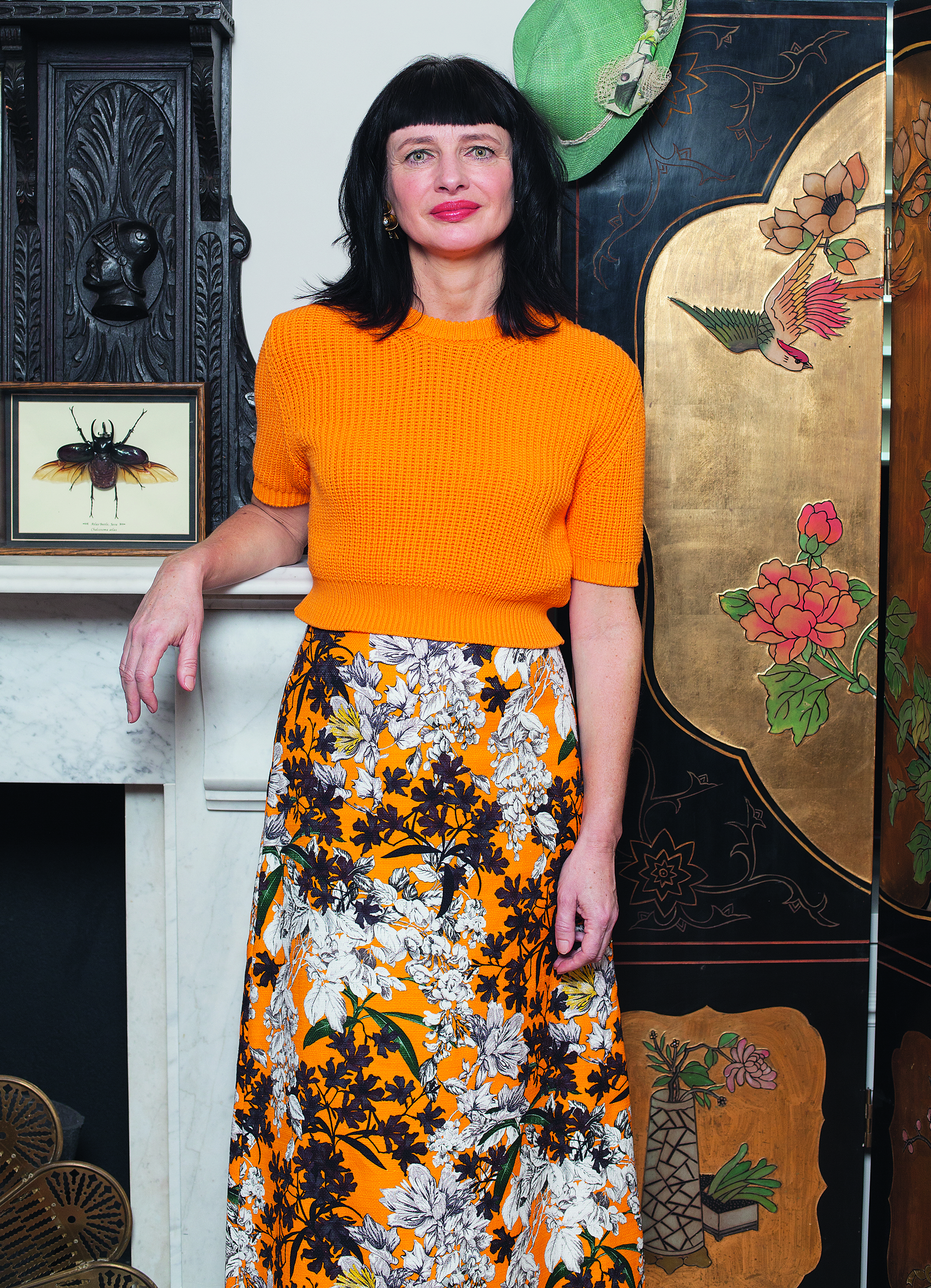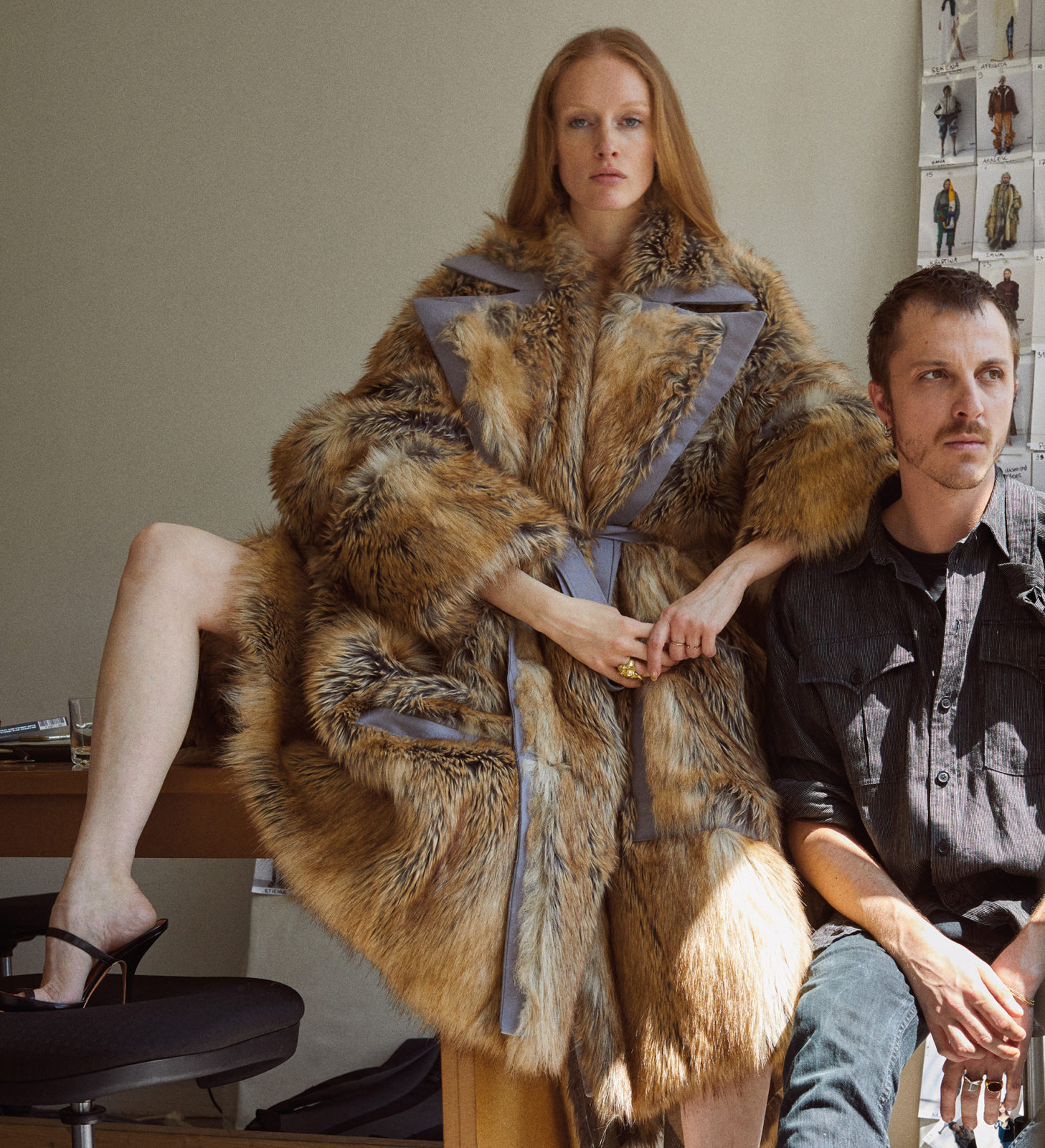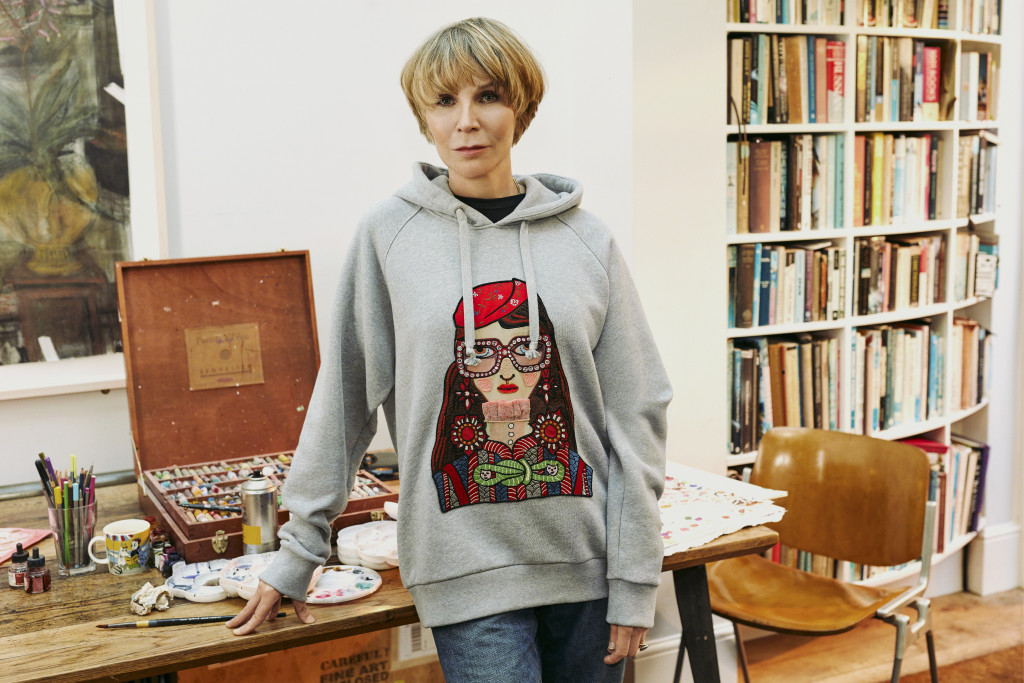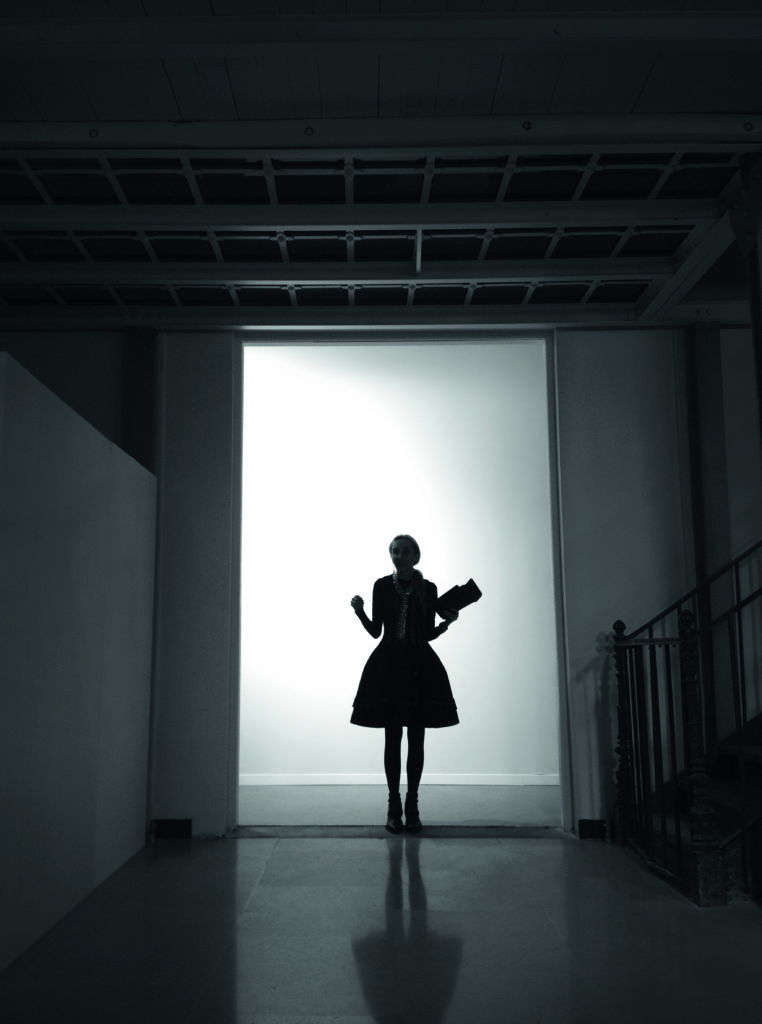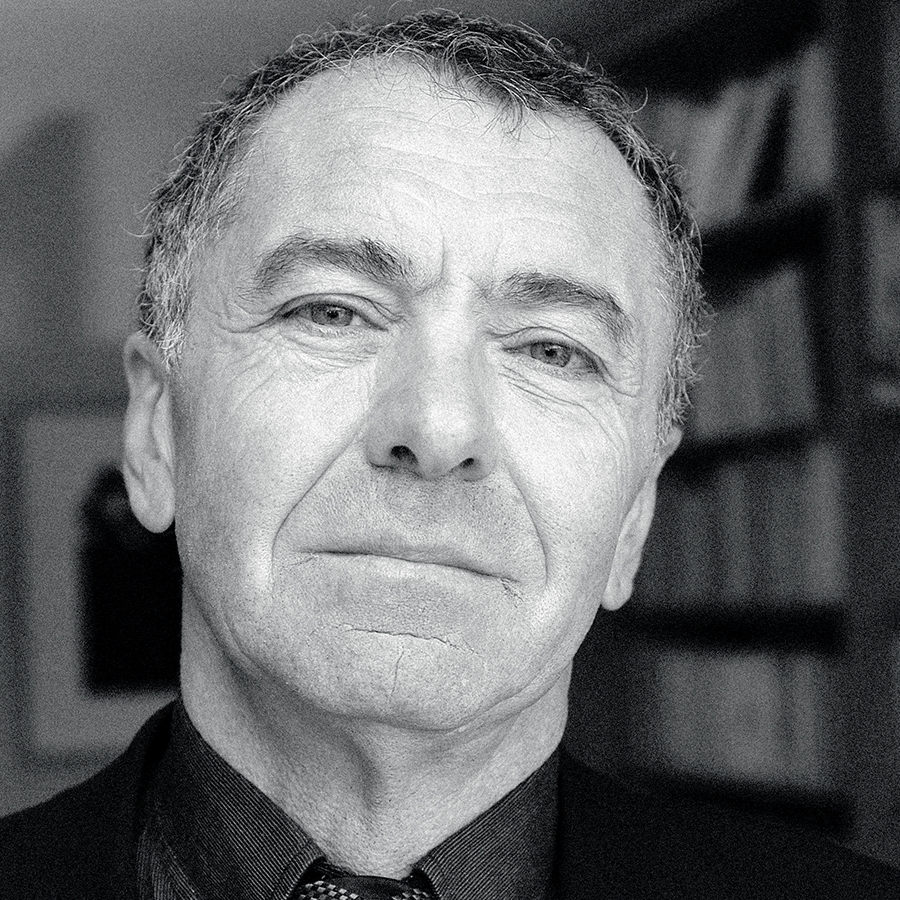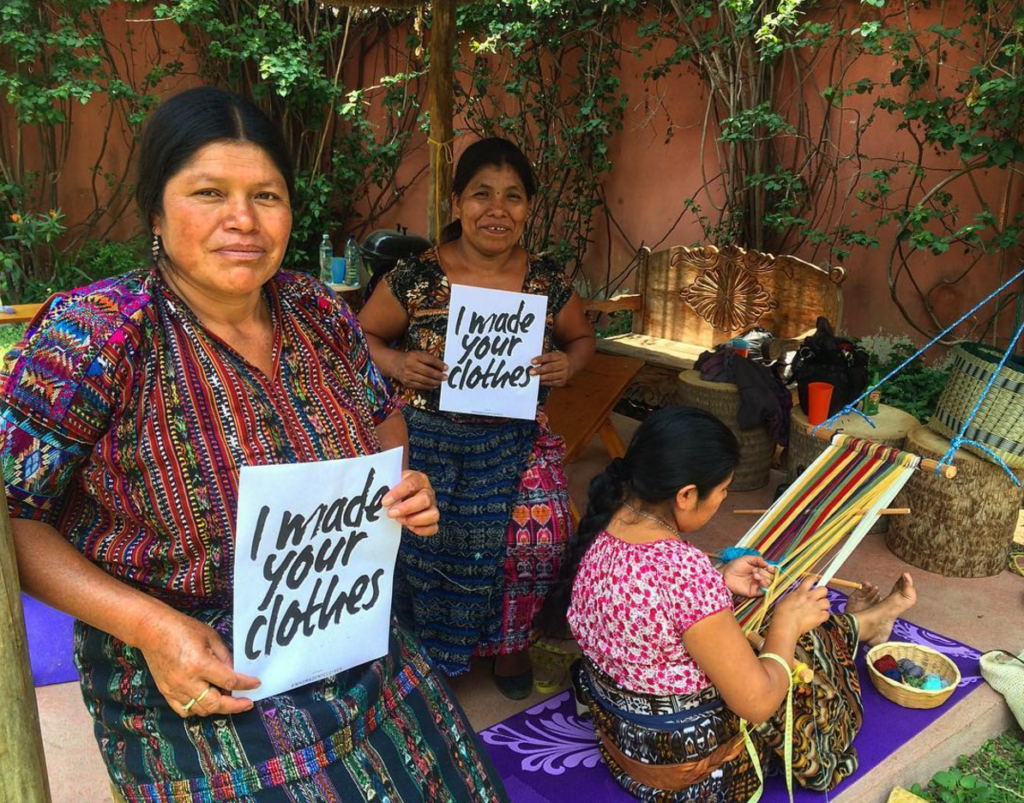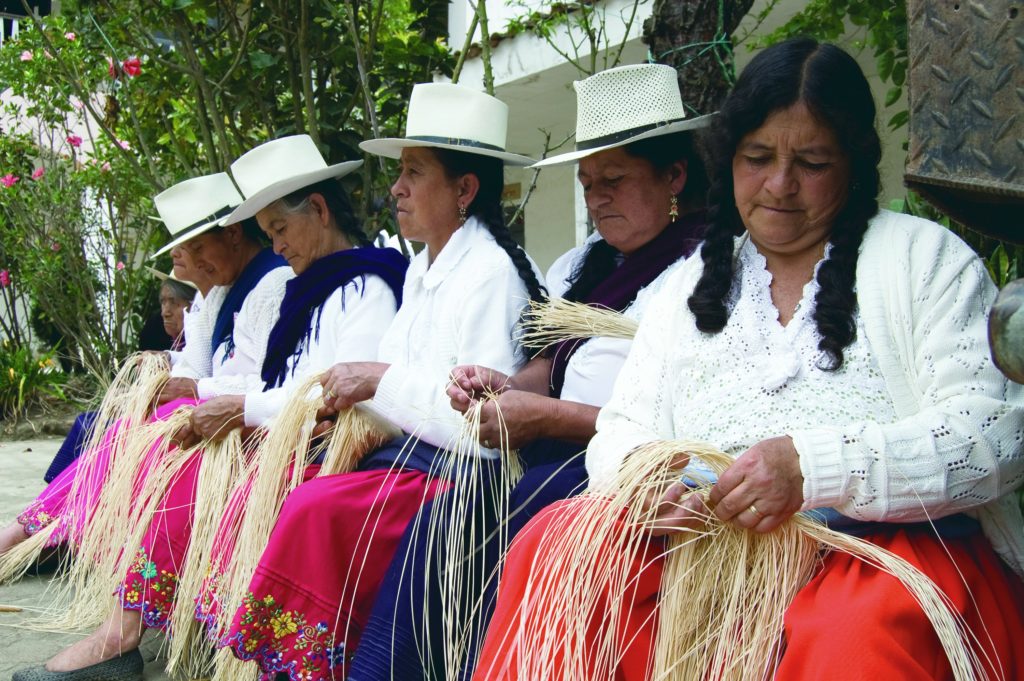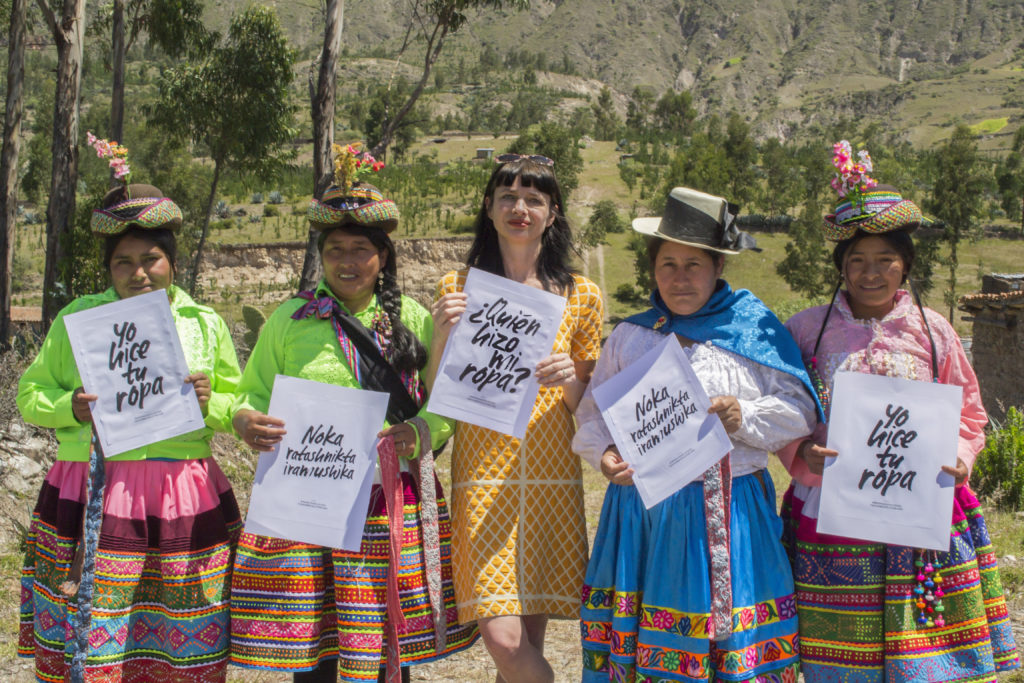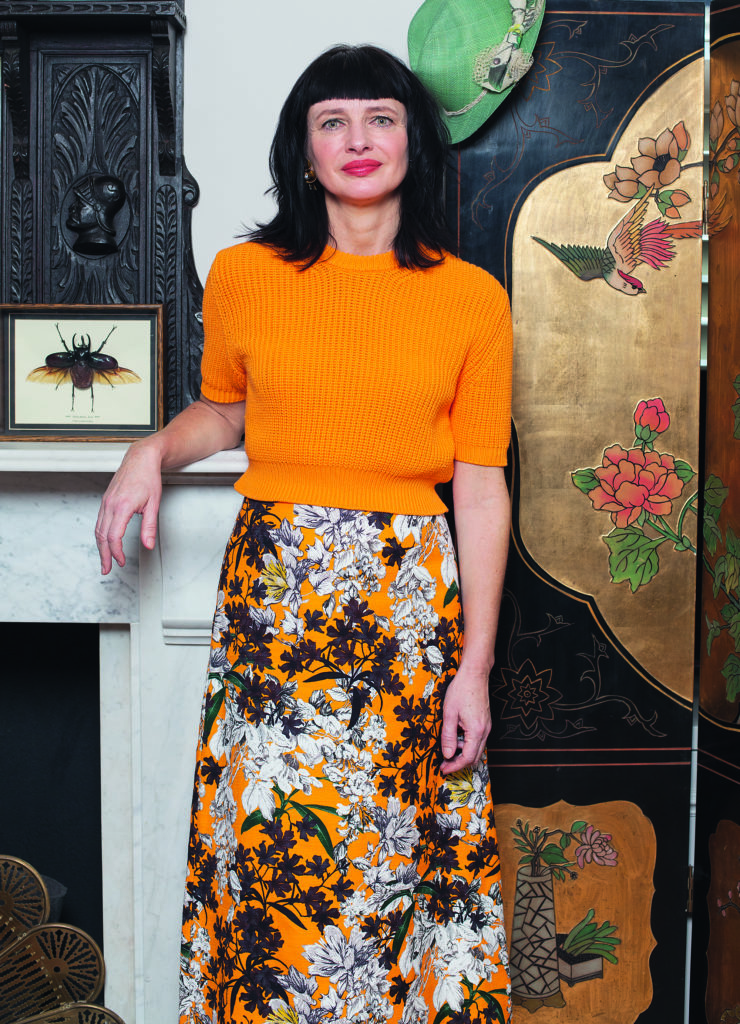
AN INTERVIEW WITH CARRY SOMERS
By Crash redaction
“What we think, say and do changes fashion. We can all be Fashion Revolutionaries”. That is the conviction of Carry Somers, cofounder of Fashion Revolution. Present in 101 countries, the movement has racked up 533 million views on social media with its famous #whomademyclothes campaign during the last Fashion Revolution Week, with the next event set for April 23-29. This global movement first appeared amidst the fallout from the Rana Plaza disaster in 2013. Fashion Revolution is supported by women and men from the fashion industry and other backgrounds, representing a diverse array of expertise. What unites them is their shared love of fashion and their motivation to take action to build a more eco-responsible and ethical industry. Their weapons in this fight: an ability to spark curiosity and to provide the right tools to anyone eager to blaze a trail towards a new kind of fashion adapted to the social, societal, and environmental challenges we face today. Their goal is for more of us to ask this simple but powerful question: “Who Made My Clothes?”
What is important to point out is that in spite of the current state of the fashion industry being a highly polluting industry, Fashion Revolution chose to remain positive and affirm its love for fashion. Fashion Revolution is not about condemning brands or making people feel guilty about the impacts of the clothes they like.
That positivity was right there from the beginning, from the very first meeting after the disaster of the Rana Plaza in 2013. We knew that positivity was important because people would not become engaged through negative campaigning. Many people are not that interested in knowing where their clothes come from, or in finding out more about issues within the supply chain. We had to find a way to communicate which was positive, but which also provoked people to think more about how they consume and about how and where their clothes were made. I think it’s because we all come from fashion. I have been working in fashion for the last 25 years. Orsola de Castro, co-founder of Fashion Revolution, and myself had our own fashion brands and most people engaged in the movement are part of the fashion industry in some way or another, whether journalists, fashion students, makers or brands. We knew from the start it had to be about fashion and that we had to use the language of fashion to communicate our activism.
The Fashion Revolution movement offers a wide range of resources on its website to encourage activism for fashion sustainability. It’s not about advocating one size fits all approach to sustainable fashion, but what’s interesting is that it’s rather about offering different ways for people to engage in sustainability in one way or another.
All the people who were part of Fashion Revolution from the beginning come from academia, from international development backgrounds, from the fashion industry. They come from different perspectives and focuses, including marketing, branding, design. The question was: “How can we engage all sorts of different people in the movement from the beginning? How do they need to be brought in and what resources do we need to create?” This is why you can see us working with everyone from the top Youtube ‘haulers’ for our #haulternative project, to artists, poets and trade unions.
How many people are involved in Fashion Revolution?
In the first year, in 2014, we had 62 countries involved. Now we have 101 countries involved. The Fashion Revolution is growing every year. Around 2 million people engaged during Fashion Revolution Week last year. When we started, in the first year, we had around 100,000 people engaged. Last year, over 113,000 fashion lovers around the world asked brands “Who made my clothes” and our hashtags had 533 million impressions on social media. What is interesting is to see that the public is engaging. Some of the bigger brands have started to disclose photographs and information about their clothing. We are seeing an increasing number of brands who are connecting with customers and their values through creating products which are socially and environmentally transparent, telling stories about the makers and materials. Many of the smaller workers in factories and workshops, like weavers in India or natural dyers in Peru, also put their pictures online, holding posters saying #imadeyourclothes. This helps to give visibility to the many skilled artisans involved in making the clothes and accessories we wear every day.
At the 2016 Copenhagen Fashion Summit, one main recurrent theme in discussion was the lack of cooperation among actors to engage in more sustainability within the fashion industry. All the technology to make a sustainable garment is available, it was said, but cooperation was missing. What is paramount with Fashion Revolution is that the movement is becoming a sort of a huge fashion hub effectively encouraging more concern about sustainability within the industry, but also among the consumers worldwide.
There is more and more legislation coming in. Everything is showing that transparency is good for business, and it has now become fundamental for business. This means business models will need to change and a multiplicity of solutions will be required. In order to bring about change, brands must engage with NGOs, unions and multi-stakeholder initiatives such as ACT (Action, Collaboration, Transformation) which is working to address the issue of living wages in the textile and garment supply chain. Labor rights advocates say that workers in Bangladesh, Cambodia, and India often receive less than the minimum wage. Even if they do receive the minimum wage, the advocates say, it may not be enough for workers who need to pay housing costs and provide themselves and their families with food, health care, and other necessities. A survey of 219 fashion brands revealed only 12% were taking any action to pay garment workers above the minimum legal wage.
Your own background shows that it is possible for a small brand to be sustainable. Many designers say it’s difficult… Your brand, Pachacuti, was the first company in the world to be Fair Trade Certified, in 2009, by the World Fair Trade Organization (WFTO) and a pioneer of radical transparency in the fashion supply chain. How was your own sustainable fashion journey?
Before I founded Fashion Revolution in 2013, my focus for the previous two decades was working with artisans in Ecuador, primarily on the design and production of panama hats for my fashion brand, Pachacuti. My designs were shown at London, Paris and Milan Fashion Weeks and sold in some of the world’s foremost luxury stores. We worked for three years as a pilot on the EU Geo Fair Trade project which brought an unprecedented level of traceability to our supply chain. The project aimed to provide visible accountability of sustainable provenance, both for production processes and raw materials. Receiving the certification was huge, and it was also a huge amount of work, but it is necessary. There are a lot of ways that brands can be transparent. This year, Pachacuti is 26 years old, and although I no longer work in the company on a day to day basis, I know from experience that there is a better way to run a fashion brand. What I am most proud of at Pachacuti is that we were measuring everything, so we knew how much energy and water were used to make every panama hat, for instance, and we measured all our carbon emissions throughout our production process, shipping and delivery around the world.
What is your mission as a fashion activist?
It is very hard to explain my mission because it is so diverse. At this time of the year, I am mostly working on the Fashion Transparency Index. We are looking at what policies, practices and procedures the world’s largest 150 fashion brands are disclosing on their websites. We are interested not just in what their policies are, but how they are putting these policies into practice in order to make a difference for the people working in their supply chains, for the suppliers of both luxury brands and fast-fashion brands. It is interesting to see how much some brands are revealing and how little others are revealing. There is a shift in transparency, but we need to see it not only in words brands are saying but also in their practices. Transparency is a means to change, not the end game. Ultimately, Fashion Revolution believes that the whole fashion industry needs a radical paradigm shift and that the way that we produce and consume clothes needs to be transformed. Transparency alone does not represent the sort of structural, systemic change we would like to see for the fashion industry, but it helps us get there. Beyond my work on the Fashion Transparency Index, throughout the rest of the year fashion activism involves speaking at events around the world where I am engaging with people, brands and organisations. There is also a lot of behind-the scenes work on forthcoming projects, creating collaborations and building partnerships.
There are so many certifications. This can be confusing. Sometimes open access production and management tools for sustainable fashion are delivered by fashion brands. Are we heading towards some kind of common certification as in the jewelry sector, for instance?
We are certainly not there yet, but because this would save money for the brands, we could easily justify this. Yes, there is certainly a need to find a common format for disclosure. This is what the Sustainable Apparel Coalition is trying to do through the Higg Index. A certain level of commonality is happening within the fashion industry.
Would you share one feedback you’ve got from garment makers from Fashion Revolution grassroots activism?
When I was speaking at Mar de Plata, in Argentina, last June, there were around two hundred people in the room and there were a lot of questions after my presentation. One woman got up at the end and said: “I am a garment worker, I really believe in what you are saying”. In Argentina, there are a lot of homeworkers and a huge amount of garment production because most of the clothes sold are made in Argentina, but the informal economy is huge, with much of the garment production being unregulated in small units or with homeworkers. The woman said she would like to create a union for homeworkers. I got a message about one month later saying: “I formed a small union to discuss what’s happening with the garment workers. We are starting an initiative together”.
How do you see the future for Fashion Revolution?
This year will be our fifth anniversary. The main thing we would like is to see more transparency. We need to continue to find new ways to encourage brands to be more transparent and to engage new consumers as well. We have a lot of things in the pipeline: a short film, an exhibition, our manifesto is coming out, and several activities we are working on fair trade actors across Europe. I know at least three documentaries about the fashion industry which are being made over the next few years. It’s very interesting. There is fundamental shift in the fashion industry. We do have to question fashion because our consumption is growing so much. People have to start thinking about where their clothes come from and what is their impact on the people who make them and on the planet.
So it’s about inspiring people to look at their clothes differently and get a whole new outlook on them.
Inspiring, but then giving people the tools as well, such as our two fanzines to date, Money Fashion Power and Loved Clothes Last, How To videos, downloadable packs such as How To be a Fashion Revolutionary – all tools to make actions easier. Sometimes it can seem that the problem is so daunting and people don’t know how to start their journey towards sustainability. That’s why they need tools. This is why “Who make my clothes?” is such a great question, because it is so simple and people can ask the question on social media. You can also go to a shop and ask the salesperson: “Hey, do you know who made my clothes? Can you tell me anything about it? Do you know anything about the producers?” And if they don’t, it will start to make them a little more curious, and they might do research into the brands and production. The more people ask questions, the more people are going to act to change the industry.
Being curious about where our clothes come from would be the first step for anyone who would like to start the journey towards a more sustainable fashion.
Yes, to be curious and ask: “Who made my clothes?” What we think, say and do changes fashion. We can all be Fashion Revolutionaries.
Interview by Stéphanie Bui.






